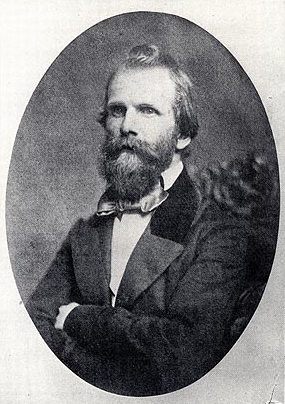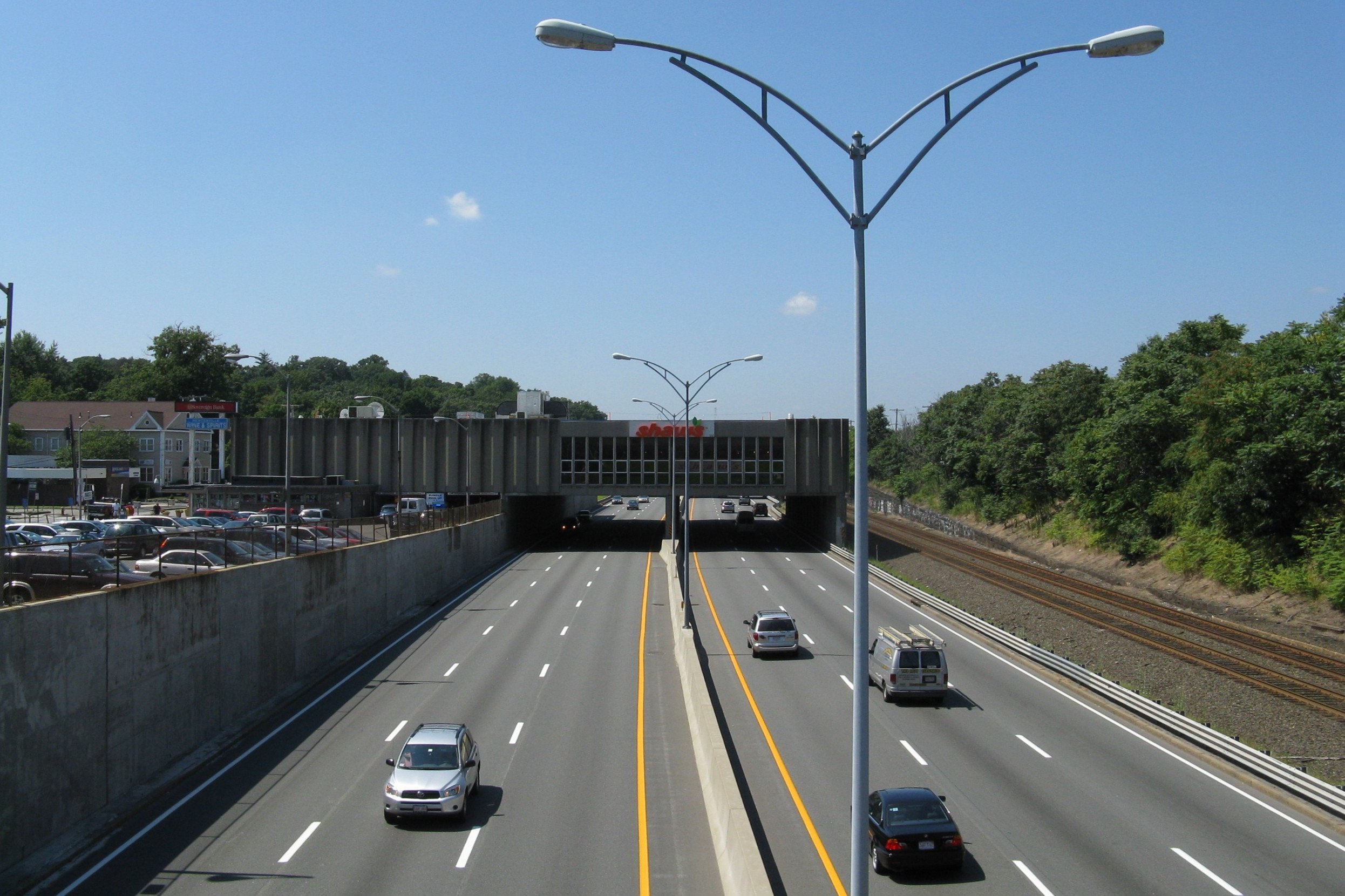|
House At 170 Otis Street
The House at 170 Otis Street in Newton, Massachusetts is a rare local work of the nationally known Boston architect Hammatt Billings. The two story Second Empire house was built in 1870–71 for Charles Ellis and Emma Claflin Ellis, the daughter of William Claflin, then Governor of Massachusetts, whose own home (no longer extant) was in Newtonville. The house's most prominent feature is its mansard-roofed -story tower, topped with iron cresting. The house was listed on the National Register of Historic Places in 1986. See also * National Register of Historic Places listings in Newton, Massachusetts References Houses on the National Register of Historic Places in Newton, Massachusetts Second Empire architecture in Massachusetts Houses completed in 1870 {{NewtonMA-NRHP-stub ... [...More Info...] [...Related Items...] OR: [Wikipedia] [Google] [Baidu] |
Newton, Massachusetts
Newton is a city in Middlesex County, Massachusetts, United States. It is approximately west of downtown Boston. Newton resembles a patchwork of thirteen villages, without a city center. According to the 2020 U.S. Census, the population of Newton was 88,923. History Newton was settled in 1630 as part of "the newe towne", which was renamed Cambridge in 1638. Roxbury minister John Eliot persuaded the Native American people of Nonantum, a sub-tribe of the Massachusett led by a sachem named Waban, to relocate to Natick in 1651, fearing that they would be exploited by colonists. Newton was incorporated as a separate town, known as Cambridge Village, on December 15, 1681, then renamed Newtown in 1691, and finally Newton in 1766. It became a city on January 5, 1874. Newton is known as ''The Garden City''. In ''Reflections in Bullough's Pond'', Newton historian Diana Muir describes the early industries that developed in the late 18th and early 19th centuries in a series of mills b ... [...More Info...] [...Related Items...] OR: [Wikipedia] [Google] [Baidu] |
Hammatt Billings
Charles Howland Hammatt Billings (1818–1874) was an artist and architect from Boston, Massachusetts. Among his works are the original illustrations for ''Uncle Tom's Cabin'' (both the initial printing and an expanded 1853 edition), the National Monument to the Forefathers, the Civil War monument in Concord, Mass., and the 19th-century granite canopy (since replaced) for the Plymouth Rock memorial. He worked for some years with his brother Joseph Edward Billings, also an architect. He was the artist of one of the well-noted portrayals of the Battle of Lexington. Selected designs * Wesleyan Building, Boston (Bromfield Street), 1870 * College Hall, the original structure at Wellesley College, 1871–1875, destroyed by fire in 1914 * Tremont Street Methodist Episcopal Church * Boston Museum (theatre) * National Monument to the Forefathers Image gallery Image:1850 Liberator HammattBillings design.png, Liberator masthead, designed by Billings, 1850 Image:ElizaEngraving.jp ... [...More Info...] [...Related Items...] OR: [Wikipedia] [Google] [Baidu] |
William Claflin
William Claflin (March 6, 1818 – January 5, 1905) was an American politician, industrialist and philanthropist from Massachusetts. He served as the 27th Governor of the Commonwealth of Massachusetts from 1869 to 1872 and as a member of the United States Congress from 1877 to 1881. He also served as chairman of the Republican National Committee from 1868 to 1872, serving as a moderating force between the Radical and moderate wings of the Republican Party. His name is given to Claflin University in South Carolina, a historically black college founded with funding from him and his father. Claflin was educated at Brown University, and worked in his father's shoe manufacturing business before becoming a partner in it. An opponent of slavery, he helped establish the state's Free Soil Party before dominating the state's Republican Party establishment in the 1860s. He supported a number of social reforms, including increased property and voting rights for women, and was the state's ... [...More Info...] [...Related Items...] OR: [Wikipedia] [Google] [Baidu] |
Governor Of Massachusetts
The governor of the Commonwealth of Massachusetts is the chief executive officer of the government of Massachusetts. The governor is the head of the state cabinet and the commander-in-chief of the commonwealth's military forces. Massachusetts has a republican system of government that is akin to a presidential system. The governor acts as the head of government while having a distinct role from that of the legislative branch. The governor has far-reaching political obligations, including ceremonial and political duties. The governor also signs bills into law and has veto power. The governor is a member of the Massachusetts Governor's Council, a popularly elected council with eight members who provide advice and consent on certain legal matters and appointments. Beginning with the Massachusetts Bay Company in 1629, the role of the governor has changed throughout its history in terms of powers and selection. The modern form of the position was created in the 1780 Constitution o ... [...More Info...] [...Related Items...] OR: [Wikipedia] [Google] [Baidu] |
Newtonville, Massachusetts
Newtonville is one of the thirteen List of villages in Newton, Massachusetts, villages within the city of Newton, Massachusetts, Newton in Middlesex County, Massachusetts, Middlesex County, Massachusetts, United States. Geography Newtonville is a predominantly residential neighborhood. It is divided into two parts by the Massachusetts Turnpike and the MBTA Commuter Rail running through an open trench below grade, and requiring reconnection via several bridges over the trench. At the core of the village is the Newtonville Historic District. The Washington Park Historic District (Newton, Massachusetts), Washington Park Historic District and many individual residential structures also have notable architectural features and history and appear on the National Register of Historic Places listings in Newton, Massachusetts. The Star Market on Austin Street (briefly renamed "Shaw's") was one of the first projects in the country to acquire air rights for construction; the supermarket i ... [...More Info...] [...Related Items...] OR: [Wikipedia] [Google] [Baidu] |
Cresting (architecture)
Cresting, in architecture, is ornamentation attached to the ridge of a roof, cornice, coping or parapet, usually made of a metal such as iron or copper. Cresting is associated with Second Empire architecture Second Empire style, also known as the Napoleon III style, is a highly eclectic style of architecture and decorative arts, which uses elements of many different historical styles, and also made innovative use of modern materials, such as i ..., where such decoration stands out against the sharp lines of the mansard roof. ", ''Old House Online''. It became popular in the late 19th century, with mass-produced sheet metal cresting patterns available by the 1890s."Ask OHJ: Cresting Question", ''Old-House Journal'' (May–June 1996), p. 14-16. Cresting is typically attached to the roof by [...More Info...] [...Related Items...] OR: [Wikipedia] [Google] [Baidu] |
National Register Of Historic Places
The National Register of Historic Places (NRHP) is the United States federal government's official list of districts, sites, buildings, structures and objects deemed worthy of preservation for their historical significance or "great artistic value". A property listed in the National Register, or located within a National Register Historic District, may qualify for tax incentives derived from the total value of expenses incurred in preserving the property. The passage of the National Historic Preservation Act (NHPA) in 1966 established the National Register and the process for adding properties to it. Of the more than one and a half million properties on the National Register, 95,000 are listed individually. The remainder are contributing resources within historic districts. For most of its history, the National Register has been administered by the National Park Service (NPS), an agency within the U.S. Department of the Interior. Its goals are to help property owners and inte ... [...More Info...] [...Related Items...] OR: [Wikipedia] [Google] [Baidu] |
National Register Of Historic Places Listings In Newton, Massachusetts
__NOTOC__ The following properties in Newton, Massachusetts are listed on the National Register of Historic Places. They are a subset of all properties in Middlesex County. There are over 180 places listed in Newton. The 13 villages are: * Auburndale * Chestnut Hill *Newton Centre (spelled ''Newton Center'' by the MBTA, but not by the city) *Newton Corner * Newton Highlands * Newton Lower Falls *Newton Upper Falls * Newtonville *Nonantum * Oak Hill * Thompsonville *Waban * West Newton Current listings Notes on Zip Codes used *Most villages have their own Zip Codes, but some do not. To further add to the confusion, the Zip Codes do not always coincide with the village boundaries which are "unofficial" according to the city. Most residents, though, seem to know exactly where the village ... [...More Info...] [...Related Items...] OR: [Wikipedia] [Google] [Baidu] |
Houses On The National Register Of Historic Places In Newton, Massachusetts
A house is a single-unit residential building. It may range in complexity from a rudimentary hut to a complex structure of wood, masonry, concrete or other material, outfitted with plumbing, electrical, and heating, ventilation, and air conditioning systems.Schoenauer, Norbert (2000). ''6,000 Years of Housing'' (rev. ed.) (New York: W.W. Norton & Company). Houses use a range of different roofing systems to keep precipitation such as rain from getting into the dwelling space. Houses may have doors or locks to secure the dwelling space and protect its inhabitants and contents from burglars or other trespassers. Most conventional modern houses in Western cultures will contain one or more bedrooms and bathrooms, a kitchen or cooking area, and a living room. A house may have a separate dining room, or the eating area may be integrated into another room. Some large houses in North America have a recreation room. In traditional agriculture-oriented societies, domestic animals such as c ... [...More Info...] [...Related Items...] OR: [Wikipedia] [Google] [Baidu] |
Second Empire Architecture In Massachusetts
The second (symbol: s) is the unit of time in the International System of Units (SI), historically defined as of a day – this factor derived from the division of the day first into 24 hours, then to 60 minutes and finally to 60 seconds each (24 × 60 × 60 = 86400). The current and formal definition in the International System of Units ( SI) is more precise:The second ..is defined by taking the fixed numerical value of the caesium frequency, Δ''ν''Cs, the unperturbed ground-state hyperfine transition frequency of the caesium 133 atom, to be when expressed in the unit Hz, which is equal to s−1. This current definition was adopted in 1967 when it became feasible to define the second based on fundamental properties of nature with caesium clocks. Because the speed of Earth's rotation varies and is slowing ever so slightly, a leap second is added at irregular intervals to civil time to keep clocks in sync with Earth's rotation. Uses Analog clocks and watches often have ... [...More Info...] [...Related Items...] OR: [Wikipedia] [Google] [Baidu] |







